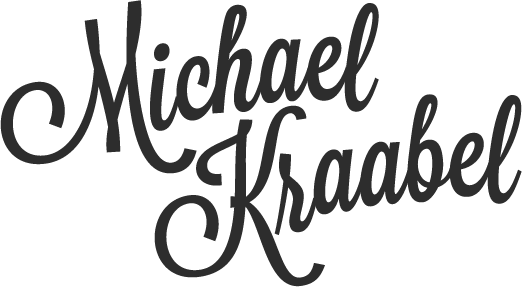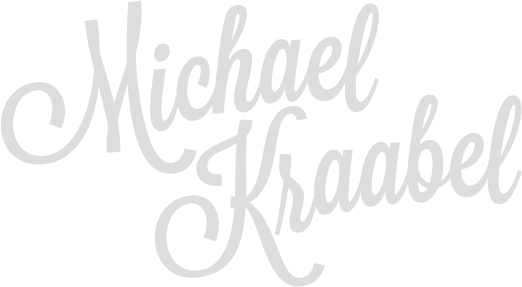In 1895, two French brothers, Auguste and Louis Lumière, invented and patented the cinematograph—a device that could record, develop, and project motion pictures. The first film ever shot with their creation was a short black-and-white silent documentary that ran a mere 46 seconds , “Workers Leaving the Lumière Factory.” Despite it’s diminutive size (800 frames, or 17 meters), and rather banal subject matter, this piece of storytelling would go on to change the world in ways we never imagined. For many, is often referred to as the first real motion picture ever made. For me, it was the first corporate brand film and would provide storytellers with a way to share experiences that excite imaginations for generations to come.
From the days of Lumière to the directors and independents of today, filmmakers around the world have captured our hearts and minds through the universal language of film. One does not have to be a specialist in Cognitive Film Theory to appreciate the way emotions and thoughts patterns interact with aesthetics and characters on the screen. The format of film allows us to activate areas of human emotion that cannot be stimulated during our daily routines or media consumption channels.
The medium of film is a form of escapism for the masses that encourages them to let go and be whisked away into the stories, events, and characters that have been weaved together into a tapestry of experiences. The story and character-directed emotions and feelings such as suspense, love, fear, anger, and curiosity allow us to connect with the subject matter. These feelings, I believe, are derived from our abilities to identify and empathize with the characters, which is the most important element of cinematic storytelling. These same elements can become critical components of brand narratives and filmmakers should consider a more cinematic approach to their craft, rather than traditional docu-style.
[tw-parallax image=”https://www.kraabel.net/wp-content/uploads/2016/11/original15708652.jpg” opacity=”100″ target=”self” lightbox=”no” ]
Empathy
Why Stories Need to Connect
[/tw-parallax]
Crafting and Telling Engaging Stories
As our stories move from the silver screen to a global army of mobile-connected content consumers, the battle of emotions needs a new hero. Brands who turn to film making as a means to distribute their message will need to understand media consumption patterns and expectations of the modern consumers – in both B2B and B2C spaces.
As our population spends more time engaging directly with screens rather than other humans, we begin to lose our ability to relate to each other on the more primal levels of emotions. While we may communicate (text, email, phone) and create (photos, videos) more via our technology platforms, it’s important to draw the distinction between consumption and compassion.
MIT Professor of social psychology and author of “Reclaiming Conversations,” Sherry Turkle makes the declaration: “Our rapturous submission to digital technology has led to an atrophying of human capacities like empathy and self-reflection, and the time has come to reassert ourselves, behave like adults and put technology in its place (NYT, 2015).” Unfortunately, as technology and always-on behavioral issues continue to eat away at the core of our personal relationships, so to does it take away from our abilities to submit ourselves to the escapism of film. Which means it’s even more important that our directors and filmmakers today craft stories that can empower and engage with the audiences.
Turkle believes that “we have now created an environment that will distract us to distraction. (Guardian, 2015)” In such a world, traditional social and digital channels encourage consumers to lean in and consume at unhealthy rates, which is why it is important for our filmed stories to empower audiences to lean back to re-connect. Our stories should not follow the formula of instant gratification and short-attention spans. We have an obligation to extend the imaginations of our viewers and help fight against the trends of distractions.
Advice For the Modern Lumière
If the Lumière brothers were to invent the cinematograph today, would a 46 second corporate brand film seem like an eternity for the audience waiting for something amazing to happen to our factory workers? Or, would they have the vision to create something so amazing that it would capture the delight of the audience so well that their lives would forever be altered by the experience?
Absent some revolutionary new way to communicate our visual experiences, we will simply have to work harder to connect with our audiences and tell our brand stories. We engage our audiences through the following guidelines:
- Focus on compelling subject matter for your filmed content
In the case of corporate or brand film that has more commercial applications, try to find the emotional elements of the subject matter and the fundamental “why” of the brand. - Look for a unique angle that has not been explored
Simply telling the facts will not be enough to hold the attention span of a modern audience. A linear story does not allow the audience to insert themselves into the experience. - Allow the story to dictate length
Just because your audience has an 8 second attention span does not mean you need to be an accomplice in this crime against storytelling. Allow your story to move at the pace necessary to keep the audience guessing, while allowing enough time for their imagination to fill in the gaps of the story and guess where it will go next. - Use technology as a tool, not a requirement
A typical iPhone now has more technology and resolution than most film sets had less than 10 years ago. A standard laptop computer has the same ability to edit a story as the largest post-production houses in the world. Use these tools, but know that it is never about the tools or the software. Story always comes first. Telling it in a beautiful way is the best way to inspire the imagination of your audience. - Quality over Quantity
Producing 10 15 second clips about your brand may seem like the most logical way to approach content production in today’s modern world, but what is more valuable: 10 people watching 15 second clips or one person watching 150 seconds of your story? Our stories should be designed to connect with the ones that matter, not simply to create reporting numbers that show consumption. If our goal is connection and conversation, focus on the quality engagements. - Create
Make stuff. Tell stories. Edit. Revise. Do it again. Continue telling stories through film, from the silver screen to the iPhone. If you tell important stories, important people will come to listen … and watch.
Michael Kraabel is a creative director for Bolin and is an avid filmmaker and student of the art of storytelling.



